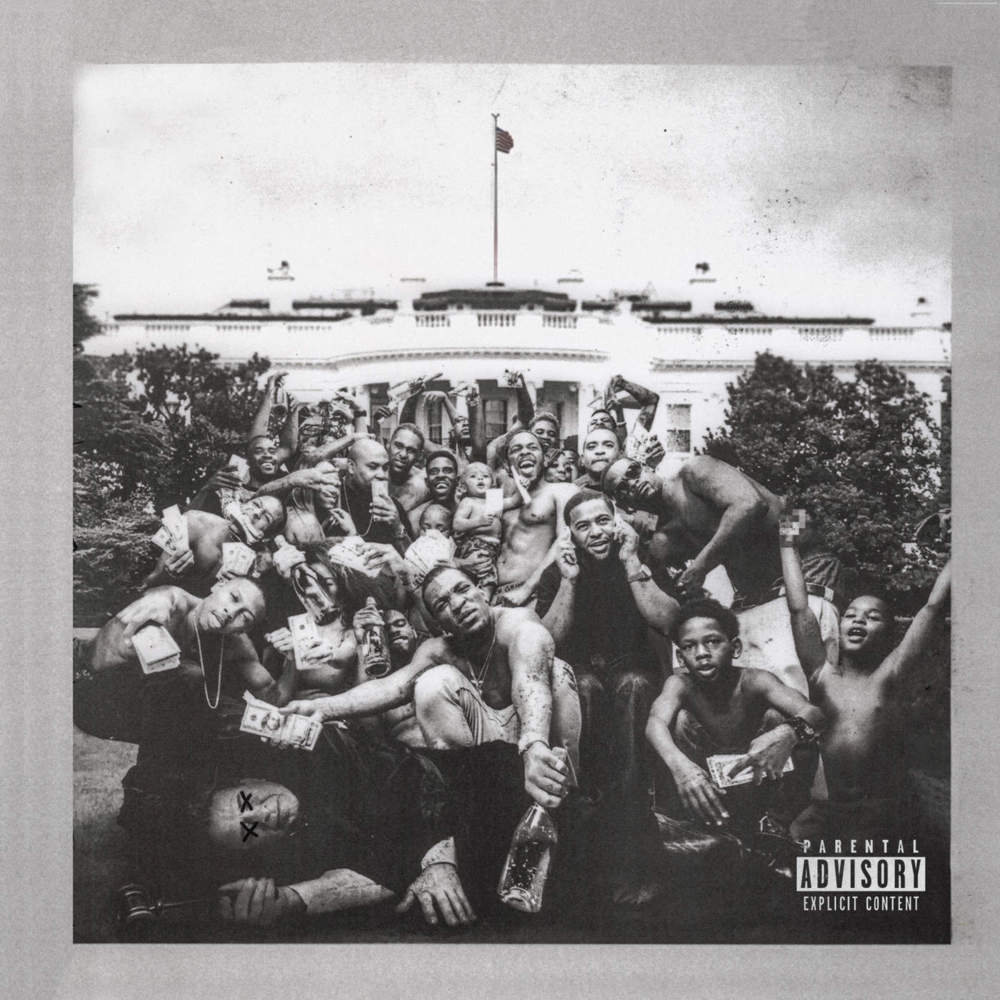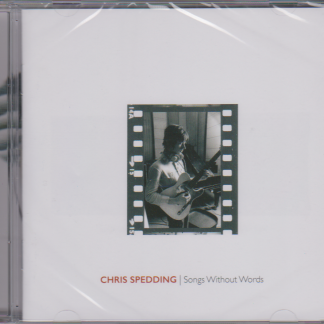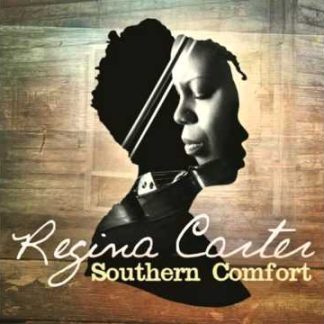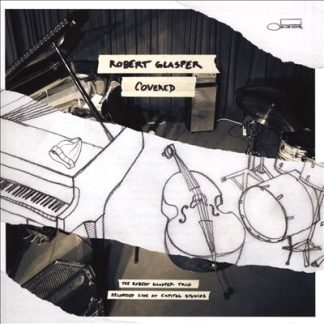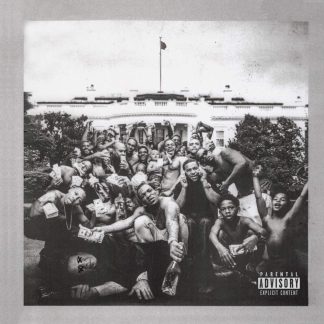KENDRICK LAMAR ‘To Pimp A Butterfly’ CD
$25.00 Inc GST
Available on backorder
Description
Kendrick Lamar’s major-label albums play out like Spike Lee films in miniature. In both artists’ worlds, the stakes are unbearably high, the characters’ motives are unclear, and morality is knotty, but there is a central force you can feel steering every moment. The “Good and Bad Hair” musical routine from Lee’s 1988 feature School Daze depicted black women grappling with colorism and exclusionary standards of American beauty. Mookie’s climactic window smash in 1989’s Do the Right Thing plunged its characters into fiery bedlam, quietly prophesying the coming L.A. riots in the process. In these moments, you could feel the director speaking to you directly through his characters and their trajectories. Lamar’s records, while crowded with conflicting ideas and arguing voices, have a similar sense of a guiding hand at work.
Lamar’s new album, To Pimp a Butterfly, doesn’t explicitly bill itself as a movie like good kid, m.A.A.d city did, but the network of interlocking dramas explored here feels filmic nonetheless, and a variety of characters appear across the album’s expanse. The opener, “Wesley’s Theory”, turns the downfall of action-star-turned-convicted-tax-dodger Wesley Snipes into a kind of Faustian parable. Snoop drops by on “Institutionalized”; Dre himself phones in on “Wesley”. The mood is wry, theatrical, chaotic, ironic, and mournful, often all at once: On “For Free? (Interlude)” an impatient woman ticks off a laundry list of material demands before Kendrick snaps back that “This dick ain’t free!” and thunders through a history of black oppression, spoken-word style, as if to say, “This money you crave, it’s blood money.” The album is dotted with surreal grace notes, like a parable: God appears in the guise of a homeless man in “How Much a Dollar Cost”, and closer “Mortal Man” ends on a lengthy, unnerving fever-dream interview with the ghost of 2Pac.


